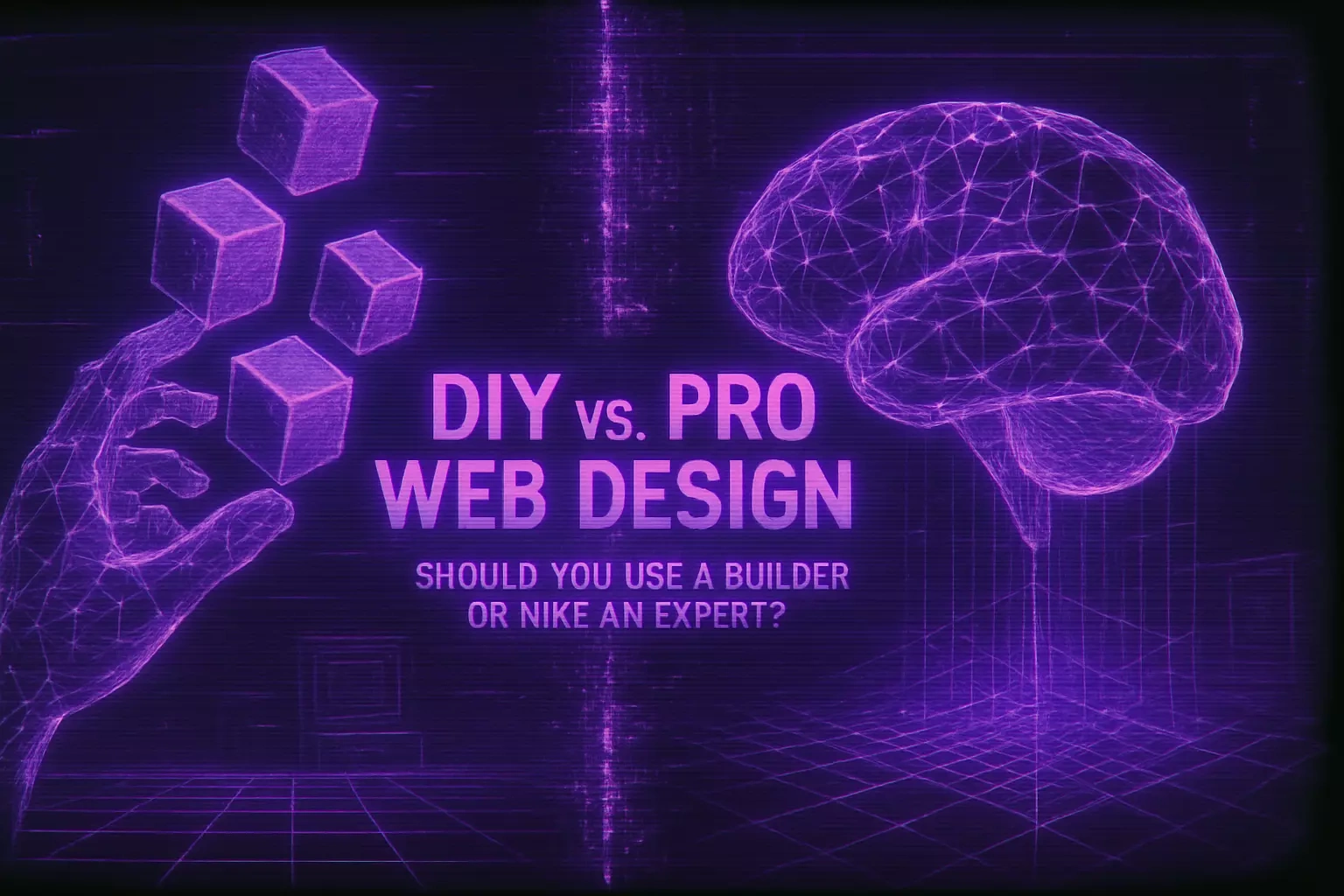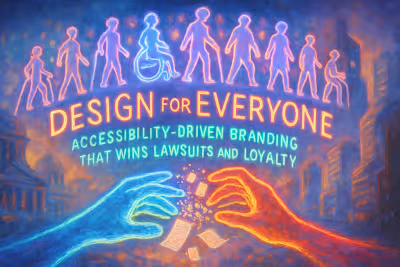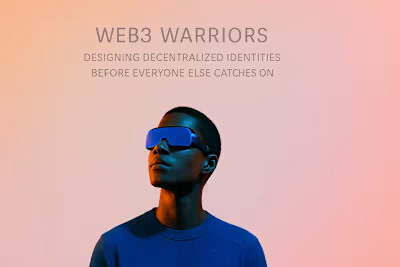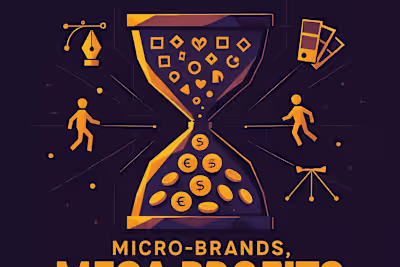DIY vs. Pro Web Design: Should You Use a Builder or Hire an Expert?

DIY vs. Pro Web Design: Should You Use a Builder or Hire an Expert?
The Case for DIY: When to Use a Website Builder
Pro: Cost-Effectiveness and Budget Control
Pro: Speed and Immediate Control
Con: Design and Functionality Limitations
Con: The Hidden Cost of Your Time
The Argument for a Pro: Benefits of Hiring a Web Designer
Pro: Custom Design and Professional Branding
Pro: Expertise in User Experience (UX) and SEO
Pro: Scalability and Future-Proofing
Con: Higher Initial Investment
Cost Comparison: Breaking Down the Numbers
Typical Costs for DIY Website Builders
Average Investment for a Professional Web Designer
Long-Term ROI: An Investment, Not an Expense
How to Make the Right Choice for Your Business
Choose DIY If...
Hire a Pro If...
References
DIY vs. Pro Web Design: Should You Use a Builder or Hire an Expert?
The Case for DIY: When to Use a Website Builder
Pro: Cost-Effectiveness and Budget Control
Pro: Speed and Immediate Control
Con: Design and Functionality Limitations
Con: The Hidden Cost of Your Time
The Argument for a Pro: Benefits of Hiring a Web Designer
Pro: Custom Design and Professional Branding
Pro: Expertise in User Experience (UX) and SEO
Pro: Scalability and Future-Proofing
Con: Higher Initial Investment
Cost Comparison: Breaking Down the Numbers
Typical Costs for DIY Website Builders
Average Investment for a Professional Web Designer
Long-Term ROI: An Investment, Not an Expense
How to Make the Right Choice for Your Business
Choose DIY If...
Hire a Pro If...
References
Posted Jun 30, 2025
Torn between a DIY website builder and hiring a professional? We break down the pros, cons, costs, and key considerations to help you make the right choice for your business.












